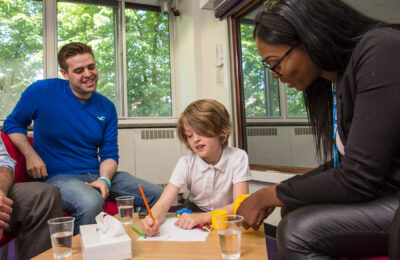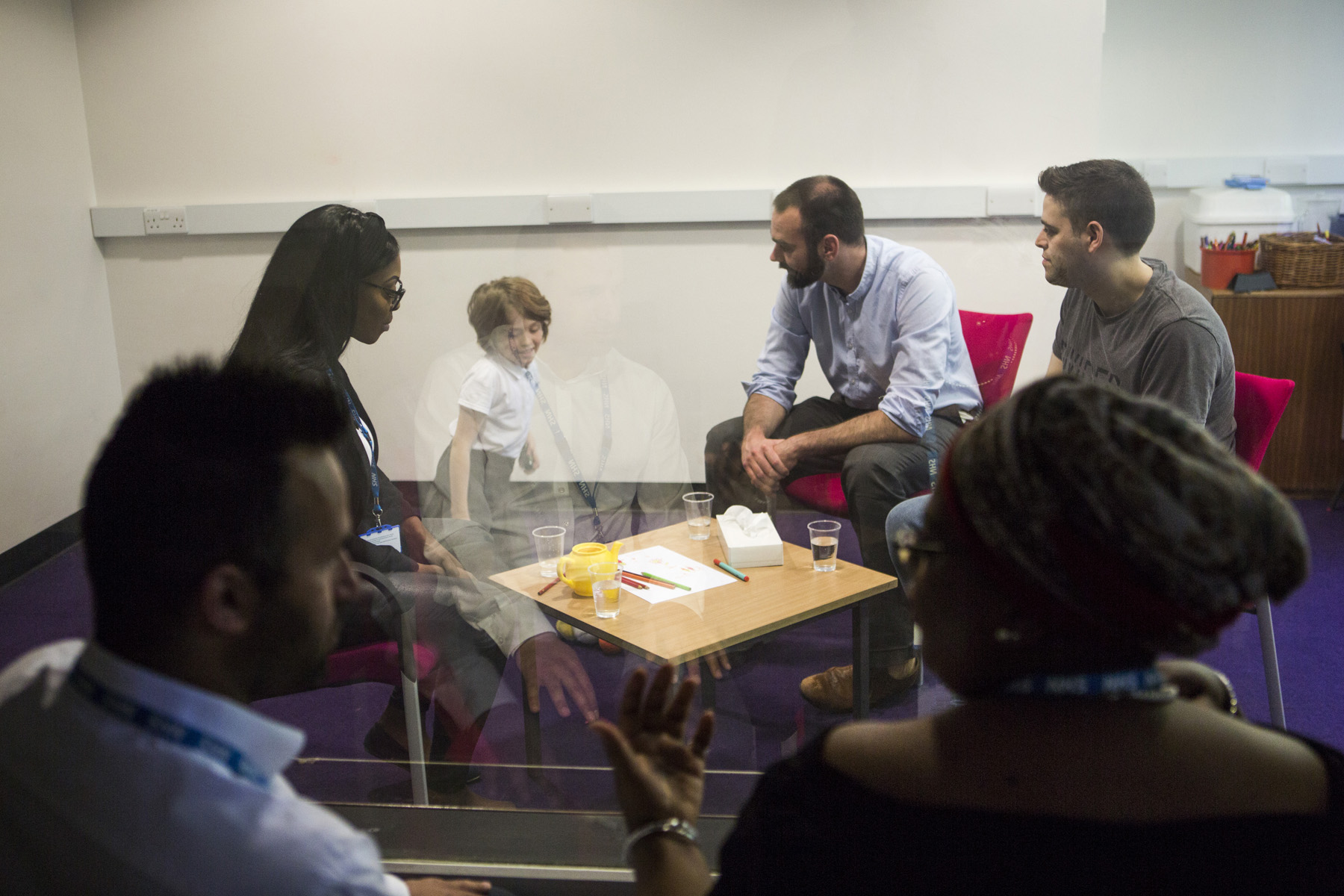
What is infant observation?
Infant observation forms a core part of the training to become a child and adolescent psychotherapist. This article offers a brief overview of the origin, method and some of the contemporary developments of this approach to learning about early life, relationships and the growth of the personality.
The origins of infant observation
Infant observation was created by the child psychotherapist and psychoanalyst Esther Bick. As an observational approach rooted in psychoanalysis, it now forms an established part of psychoanalytic clinical trainings across the world. Introduced into the child psychotherapy training at the Tavistock Clinic in 1948, it was first conceived of as a way of enabling trainee child psychotherapists to gain first-hand experience of the impact of early infantile states of mind upon relationships and development. In the creation of her method, Bick was building closely upon the work of Melanie Klein (1959) who, through her clinical approach and writings, had illustrated with great clarity how early infantile states of mind were operative throughout the lifespan and integral to emotional and intellectual development.
The method and process of infant observation
Each infant observation takes place within a family where the observer has no direct personal connections. This aspect of the method is essential as it allows the observer greater sensitivity to unconscious processes due to there being less interference from prior knowledge and close personal ties. Once the student has their search underway, each potential family is discussed within their seminar group as to the suitability of the observation. These initial conversations are full of emotional and practical complexity and form a crucial part of the observational process and learning taken from it. Considering practicalities – such as the distance travelled to the observation and the time in the week it will take place – in addition to thinking carefully about emotional complexities, such as how the cultural background of the family intersects with that of the observer, all form an important part of the initial discussions.
Once the viability of the observation has been discussed with the group, under the guidance and agreement of the seminar leader, the observer arranges to meet the family prior to the birth. In this initial meeting, the observer introduces themselves, outlines the task and speaks to the family about what is involved. The first meeting between the family and the observer is very important in ensuring that the requirements of the task are clear and that all of those with parental responsibility give their consent. Once set up, the observer visits the family home for an hour each week at a set time from as close to the birth as practicably possible (in most cases before four weeks) until the infant’s second birthday.
Notes are not taken during the observation as this would interfere with the observer’s ability to give their full attention to the infant and the family. A detailed account is written up soon after the visit, creating a record of the infant’s, and also the observer’s, development over the duration of the observation. Students attend a weekly seminar where they take it in turns to present their observational write-ups, pay close attention to the development of their infant and learn from the write-ups of their peers. The support of the weekly seminar group, led by a qualified clinician who themselves will have completed an infant observation as part of their training, is crucial in enabling the observer to grow in their ability to take up a position that allows them to register and make sense of the unconscious communications from the baby and the family.
Developments in infant observation
Since its inception, infant observation has grown exponentially in its reach. The learning taken from this method of observation has been applied and developed in many ways in the consulting room and beyond. Martha Harris, Psychoanalyst, Child Psychotherapist and Head of the Child Psychotherapy Training at the Tavistock Clinic from 1960 to 1980 was responsible for extending the reach of infant observation by opening it up to professionals who were not undertaking a clinical training. Harris felt that those working in related fields could benefit greatly from the learning offered by an observationally-based introduction to a psychoanalytic frame of reference (Harris, 1977). Widening access offered professionals working with children, young people and families an experience which increased their receptivity to and understanding of unconscious communications and processes. Out of this initial expansion of infant observation came what is now the pre-clinical training in child and adolescent psychotherapy, from which our current Master’s programme Perinatal, Child, Adolescent and Family Work: a Psychoanalytic Observational Approach (M7) originated.
There have been many societal changes since the early days of infant observation when the babies observed were almost exclusively from white, middle class, heterosexual professional couples (Rustin, 2009). In the intervening period, the UK has become increasingly ethnically diverse with a growing range of family constellations with, for example, an increasing prevalence of blended families and same sex couples with children. With respect to gender roles, albeit very slowly, there have been important changes in the attitude towards the role of the father and the nature of his involvement with his children. Although a more diverse range of families are observed today, there is a lag between these societal changes and what we see represented in infant observation seminars. This lag is related to the deeply held social perceptions and attitudes towards family structures and understanding of child development. Working with and appreciating the diverse range of family circumstances, structures and cultures, and the implications of this for understanding child development, is central to the work of child psychotherapists and to the task of the infant observation seminar. Working with diversity and difference was the theme of the most recent international conference for infant observation hosted at the Tavistock Centre: Psychoanalytic observation, intersectionality and the social matrix: implications for infant observation and its applications.
Infant observation offers a deeply intimate first-hand insight into the way an infant’s emotional world develops within their family and within their community over the first two years of life. Those who undertake such an observation are in a deeply privileged position to learn something of the very fundamentals of the beginnings of life and relationships. For those of us who have been fortunate enough to have carried out an infant observation, we are indebted to the families who have been generous enough to allow us this unique opportunity. The experience is life changing and offers an understanding of something which goes to the core of who we are as human beings with all the challenges and joys that relationships bring to us. It is this which continues to draw students to want to study Bick’s pioneering method for learning about early development and relationships over 75 years on from its inception.
Intrigued? Learn more
To develop your understanding of infant observation and engage in training which incorporates this approach, browse our wide range of CPD and postgraduate courses, download our prospectus, or join our mailing list to be invited to our open days and events.

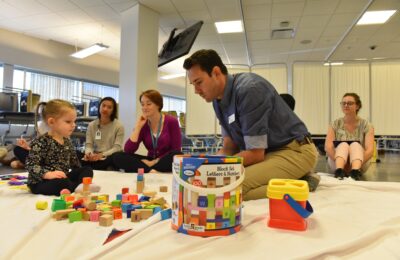
 Professional doctorate
Professional doctorate 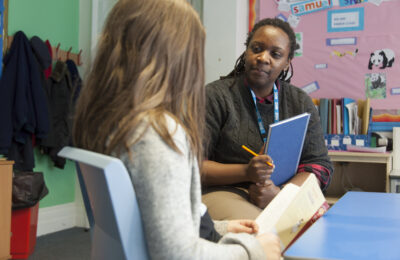
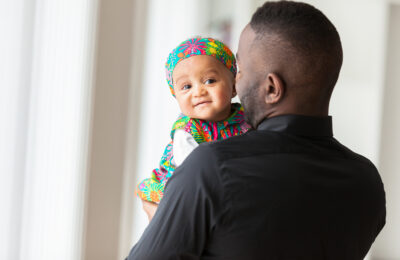
 Postgraduate certificate
Postgraduate certificate 